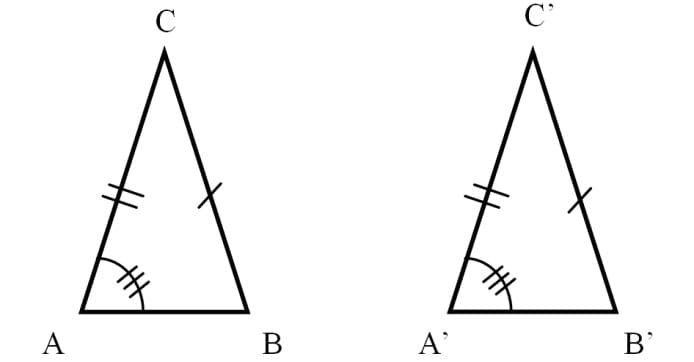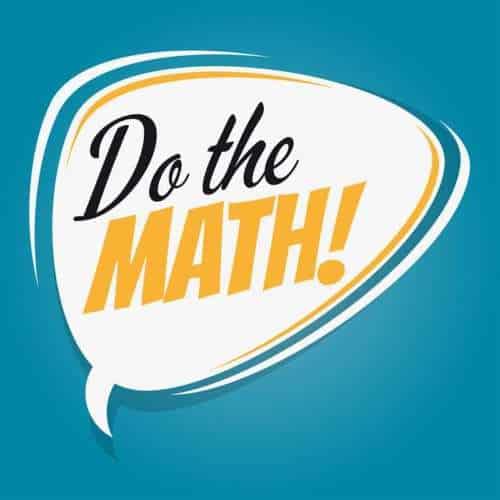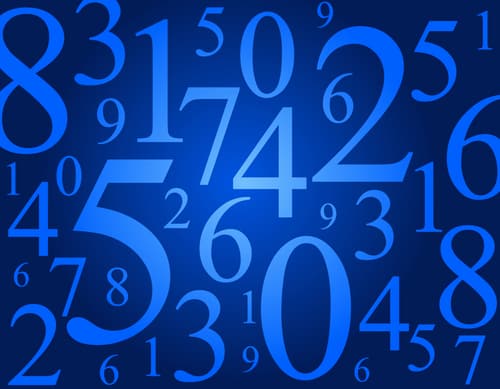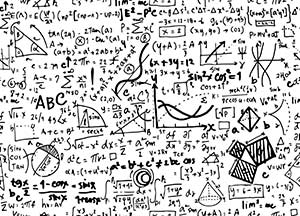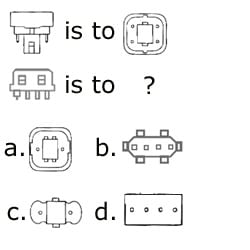In geometry, two figures or objects are congruent if they have the same shape and size, or if one has the same shape and size as the mirror image of the other. This means that either object can be re-positioned and …
The order of operation rules are: Rule 1: Start with calculations inside brackets or parentheses. Rule 2: Then, solve multiplications and division, from left to right. Rule 3: Finally, additions and subtraction, from left to right. Example 1 Solve 16 + 5 x …
A sequence, in mathematics, is a string of objects, like numbers, that follow a pattern. The individual elements in a sequence are called terms. Number sequence questions as for a particular term in the sequence, which can be calculated or reasons from …
A Logarithm is a quantity representing the power to which a fixed number (the base) must be raised to produce a given number. Quick Review — Practice Questions — Answer Key — Common Mistakes Answering Logarithm Logarithms – …
Trigonometry is the branch of mathematics dealing with the relations of the sides and angles of triangles and with the relevant functions of any angles. Quick Review of Concepts — Trigonometry Practice Questions — Answer Key — Common Trigonometry Mistakes
Antonym, synonym and vocabulary questions appear on most types of High School standardized tests. Antonyms are words that have opposite meaning – for example good and bad. Synonyms are words with the same meaning – for example wonderful and fantastic. 1. AUTHENTIC …
Spatial Ability Practice Questions How to Improve The only way to study for spatial ability questions is to practice and get used to the format. Spatial ability questions test your perception, not facts that you have memorized. Spatial reasoning is …
Meaning in context is guessing the meaning of a word by considered together with the surrounding words or circumstances. 1. When Joe broke his _______ in a skiing accident, his entire leg was in a cast. a. Ankle b. Humerus c. Wrist d. …
Abstract reasoning refers to the ability to analyze, understand, and manipulate abstract concepts, ideas, or relationships that are not necessarily tied to concrete or tangible objects. This includes recognizing patterns, identifying underlying principles, and making generalizations based on limited information. …
Correcting Passages and ParagraphsDirectionsBelow is a passage with numbered sentences. Read the passage carefully and then answer the questions that refer to the numbered sentences.Passage 1 – A Personal Satellite? Many of us are already so loaded with technology, we …

